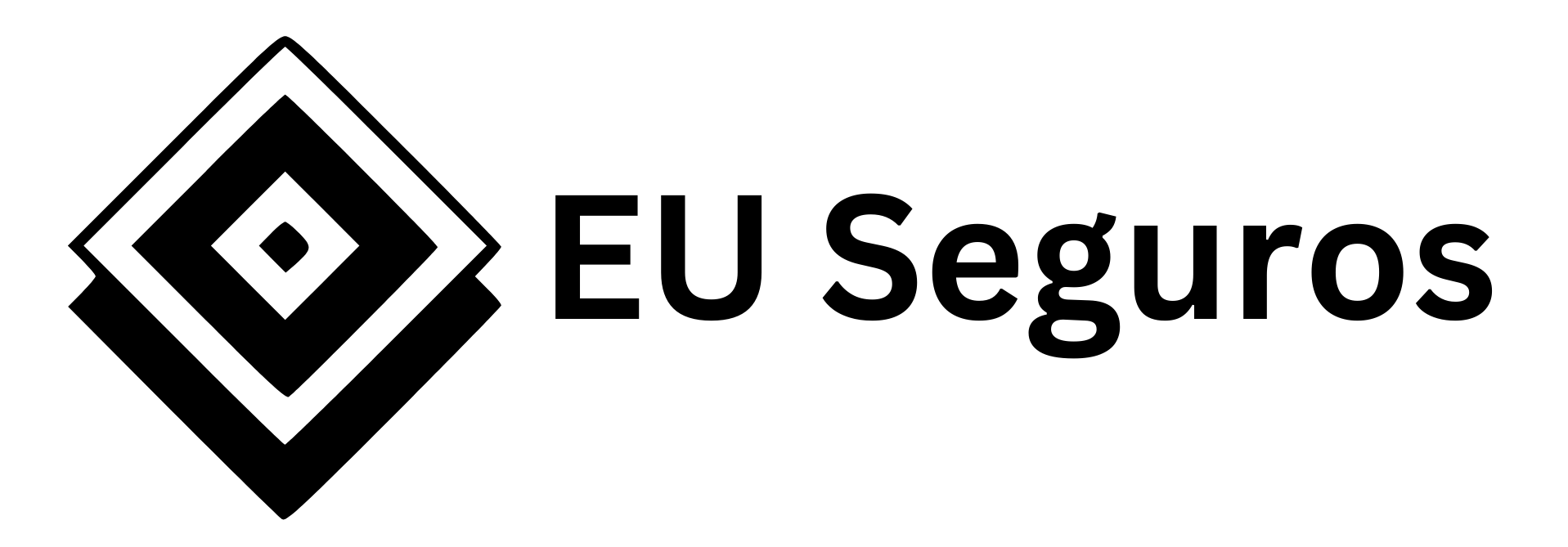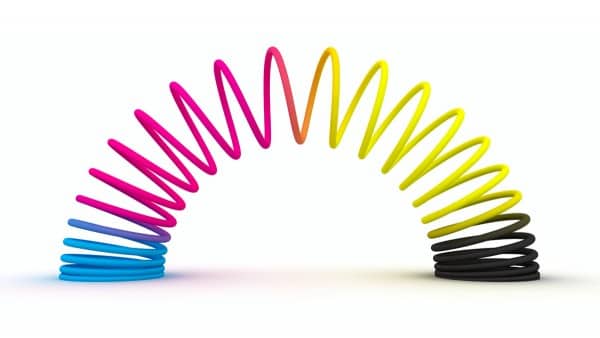What is Elasticity?
In Economics, elasticity measures the percentage change of one economic variable in response to a change in another.
Let’s look at this concept with an example:
1. say we have two rubber bands with the same length: rubber band A represents oranges, band B represents apples.
2. let’s stretch both rubber bands with a machine that applies the same weight, let’s say 10Kg. For our example, this represents a drop in price in $0.10
3. for our example, let’s say that one band due to its characteristics stretches more than the other one.
This means that the band that stretches more under the same conditions has a higher degree of elasticity.
So if we look at this using our variables: price, oranges, apples, and demand, we can see that for a drop in price of $0.10 there is more demand for oranges than there is for apples.
So we say that the demand for oranges is more elastic than the demand for apples.
Essentially we are looking at how sensitive the quantity demanded of a product is in relationship to a change of its price.

Demand for oranges is more elastic, and demand for apples is less elastic or inelastic.
As we have seen before, in mathematical terms, the change is Y variable divided by the change in X variable represents the slope of the line.
So if we take this to extremes, we can have two scenarios here given a change in price:
1. perfectly elastic demand – the demand is infinitive, represented by an horizontal line. In other words, the lower the price goes the more people want it.
2. perfectly inelastic demand – the demand is the same, represented by a vertical line. In other words, with a price change(higher or lower), the quantity demanded is the same.

If PED(Price Elasticity if Demand): 1 < PED < ∞, is Demand is elastic
If PED = 1, is Demand is unit elastic
If PED(Price Elasticity if Demand): 0 < PED < 1, Demand is inelastic
See this in a different way: remember that the number 1 is a slope: for every one change in the Y axis, what happens to the change in the X -Axis? if X is smaller it will lead to 0, and 1/0 = infinity. On the other hand if the x variable keeps getting large, it will lead to 0, as 1/infinity = 0.
The middle point is called unit elastic, where for every percent change in price, the same percent change in quantity demanded changes.

To further understand this relationship, we will look at it from different types of goods. Here’s the summary:
Normal Goods – People buy more if income increases
Inferior Goods – People buy more if income decreases
Giffen Goods – Inferior goods with no close substitutes. People buy more if the price increases
Veblen Goods – Luxury goods. People buy more if the price increases
Complimentary Goods – A Good that complements another. Milk and Cereal, Car and Gas, and so on.
It is important to know that, If the price of one good increases, the market will decrease for both complementary products.
Substitute Goods – Similar Goods. Coke and Pepsi. When the price of Coke goes up, demand for Pepsi will go up too.
Pepsi is a substitute good for Coke, and vice-versa. When the price of Coke goes up, demand for Pepsi(if they don’t raise prices) will subsequently rise, as both are seen as substitutes.
Unrelated or Independent Goods – Goods that have no relationship with one another like socks and a car. Changes in Prices on one good do not affect the quantity demanded on another.
The 4 Different Types of Elasticity
There are 4 different types of elasticity. These are:
1. PED – Price Elasticity of Demand
2. PES – Price Elasticity of Supply
3. YED – Income Elasticity of Demand
4. XED – Cross Price Elasticity of Demand
Ok, so what does this mean? Let’s go through these one by one:
What is PED – Price Elasticity of Demand?
This is the first type we used to describe how elasticity works.
PED measures the responsiveness of quantity demanded to a change in price.
What is PES – Price Elasticity of Supply?
PES measures the responsiveness to the supply of a good or service after a change in its market price. This is seen from the supplier side, not the consumer.
What is YED – Income Elasticity of Demand?
YED measures the responsiveness in the quantity demanded for a good or service when the real income of the consumers is changed
What is XED – Cross Price Elasticity of Demand?
XED measures the responsiveness in the quantity demanded of one good when the price of other goods changes
So, between two goods, X and Y:
if they are complements, there is a negative coefficient, which means that if the price of Y increases, there is a decrease in the demand for good X.
if they are substitutes, there is a positive coefficient, which means that if the price of Y increases, there is an increase in the demand for good X.
Relationship between Elasticity and Goods
To obtain the elasticity some calculations are required. Before we get to these, here are some important points to remember:
PED and YED deal with inferior and normal goods
XED deals with complements and substitutes.
The number we obtain tells us the following:
0 – Perfectly Inelastic Demand
]0,1[ – Inelastic
]1, ∞[ – Elastic Demand
if number is negative – Inferior good
if number is positive – Normal good
if number is 0- No relationship
if number is positive – Substitutes
if number is negative – Complements
The larger the number, the stronger the relationship, the smaller the number the weaker the relationship.
PED
PED = P/Q * ΔQ/ΔP
Based on the previous cheat-sheet, the result will tell us if:
1. demand is perfectly elastic, inelastic or elastic
2. good is inferior or normal

YED
YED = Y/Q * ΔQ/ΔY
Based on the previous cheat-sheet, the result will tell us if:
1. demand is perfectly elastic, inelastic or elastic
2. good is inferior or normal

XED
YED = Pb/Qa * ΔQa/ΔPb
Based on the previous cheat-sheet, the result will tell us if:
1. demand is perfectly elastic, inelastic or elastic
2. goods are complements or substitutes

In this case, we have a number between 0 and 1, so there is an inelastic demand, and because the number is positive, the goods are substitutes.
PES
The price elasticity of supply tells us the following:
PES > 1: Supply is elastic.
PES = 0: The supply is perfectly inelastic.
PES = 1: The supply is unit elastic.
PES < 1: Supply is inelastic.
Inelastic goods are necessities. A shift in price does not drastically impact consumer demand or the overall supply of the good because it is not something people are able or willing to go without. Examples of inelastic goods would be water, gasoline, housing, medicine and food.
Elastic goods are typically luxury items. An increase in price for an elastic good has a noticeable impact on consumption. An example of an elastic good is movie tickets, not a necessity.


Taxes and Elasticity
In the case of taxes, there are some key points to extend our knowledge of elasticity:
If PED >1, the burden of tax is absorbed by the supplier
If PED <1, the burden of tax is absorbed by the consumer.
Regarding Price Elasticity of Supply results the one who absorbs the tax burden:
Inelastic Demand
Buyer > Supplier
Elastic Demand
Buyer < Supplier
Inelastic Supply
Buyer < Supplier
Elastic Supply
Buyer > Supplier
Summary
In this article we went through the concept of elasticity in Economics.
The key takeaway is the relationship between variables. How a change in one affects the other.
Elasticity is used across a variety of variables to test its relationship to help economics understand the market.


